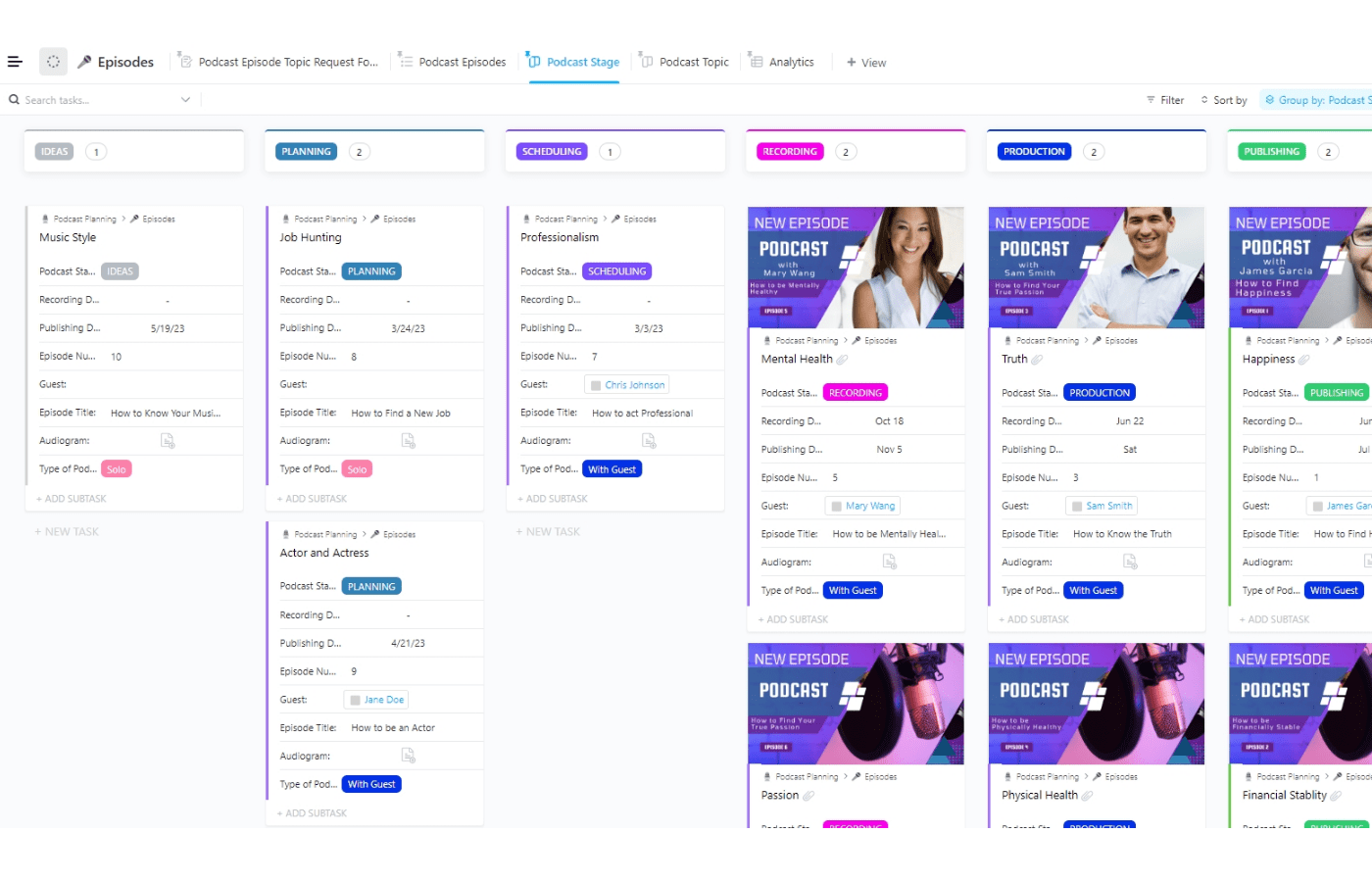KEY TAKEAWAYS
Featured Products
Project-Management.com may receive a commission from merchants for referrals from this website
After defining the project’s objectives and success criteria in the project initiation phase, the next step is to plan each task that the team must perform to cover the project’s scope and complete the necessary deliverables to meet the overall goal. This next step is the project planning phase.
Project planning is one of the most important phases of project management and is critical to the project’s success, as it lays the groundwork for the entire project and ensures that everyone involved is on the same page.
Objectives and Goals of the Project Planning Phase
The primary objectives of the planning phase of project management are to define the project’s scope, objectives, and deliverables, as well as identify the resources required to complete the project.
In this stage, project managers develop a comprehensive project plan detailing the schedule, budget, and quality requirements. They also identify and analyze potential risks, which is necessary to form a risk management plan.
Effectively steering through the project planning phase allows project managers to establish a solid foundation for their projects.
The Importance of a Well-Defined Project Plan
A well-defined project plan helps project managers ensure that everyone involved in the project is on the same page. This helps to minimize confusion, reduce the likelihood of errors, and make sure that the project is completed on time and within budget.
Studies indicate a robust correlation between planning and project success. A conference paper showcased on PMI.org by the Project Management Institute underscores the pivotal role of the planning phase in enhancing efficiency and overall project outcomes. Breaking down the project into more manageable tasks empowers project managers to better allocate resources, monitor progress, and identify potential risks. This approach leads to a more efficient and effective project management process, resulting in timely delivery and high-quality results.
Key Components of Project Planning
Following are some project management concepts and terms that make up the key components of project planning:
Project scope review and refinement: This involves reviewing and refining the project scope until it is all-encompassing and well-defined, measurable, and achievable. It also involves identifying issues or risks that may impact the project’s success.
Work breakdown structure (WBS): This is the effort of breaking down the project into smaller, more manageable tasks. A WBS helps project managers define deliverables and milestones, ultimately helping the team stay within budget and schedule.
Resource planning: This is the exercise of identifying and allocating resources needed to complete the project, including the skills and expertise required, as well as the necessary equipment and materials.
Creating a detailed project schedule: A detailed project schedule clearly lays out the project timeline, milestones, and deadlines. Following this plan moves the project forward toward timely completion.
Risk management: An important component, risk management involves identifying potential risks that may impact the project’s success and developing a plan to mitigate them. Risk triggers and contingency plans are also part of this phase.
Budgeting and cost management: Creating a budget and managing costs throughout the project life cycle involves tracking expenses, identifying cost overruns, and making adjustments as needed.
Communication and stakeholder engagement: Developing a communication plan that outlines how project information will be shared with stakeholders is crucial to keeping them engaged throughout the project lifecycle.
Quality control: Does the project meet the required quality standards? Quality control involves determining quality metrics, monitoring progress, and adjusting to changes.
Challenges and Mitigation Strategies in Project Planning
Project planning is a complex process that often comes with challenges. Here are some of the common challenges that project managers face during the project planning phase, along with mitigation strategies to lessen business risks:
Overcoming scope creep: Scope creep rears its head when the project’s scope expands beyond its original boundaries. To counteract scope creep, project managers need to distinctly define the project’s scope and communicate it to all stakeholders. Establishing and implementing a change management process to manage any alterations to the project’s scope is also a good idea.
Adapting to changes in resource availability: The availability of resources can change during the project lifecycle, negatively affecting the project’s timeline and budget. To address this, project managers must identify the necessary resources for the project and formulate a contingency plan to address these unexpected changes.
Managing unforeseen risks: It is not uncommon for unpredicted risks to arise during project execution. To mitigate the negative effects of these risks, project managers must create a comprehensive risk management plan that identifies potential risks and delineates strategies. Regular monitoring of the project’s progress is required to allow for adjustments as necessary.
The Role of Project Management Software in Project Planning
Project management software is a powerful tool that helps project managers create and manage project plans. It aids in organizing and streamlining communication and workflow, as well as centralizing all work- and project-related activities. These tools also make it easy for PMs to manage resources, visualize data, and generate reports, helping them keep projects on schedule, within budget, and aligned with goals.
There are many different types of project management software available, each offering unique features and benefits. Some popular types of project management software include:
Task management tools: Platforms like Asana, Trello, and Jira help break down project plans into manageable tasks. They facilitate collaboration through features that promote seamless assigning of tasks, setting deadlines, and tracking progress.
Gantt chart software: Tools such as Microsoft Project and Smartsheet enable the creation of Gantt charts, visualization of project timelines, outlining dependencies, and writing milestones. This aids project managers in planning and monitoring project progress efficiently.
Collaboration platforms: Software like Slack and Microsoft Teams enhances communication among team members. They offer real-time messaging, file sharing, and collaborative spaces that allow for seamless information exchange.
Resource management tools: Tools such as ResourceGuru and Float assist project managers in managing and allocating resources effectively, optimizing team capacity and preventing resource bottlenecks.
Document management systems: Platforms like SharePoint and Google Workspace provide centralized document storage and collaborative editing. This ensures that project documentation is organized, accessible, and up to date.
From crafting tasks and timeframes to balancing workloads and tracking KPIs, project management tools equip project managers with everything they need to steer projects to successful completion. Seamless communication, risk assessment, and change documentation are all baked in, leaving no detail behind.
Next Step: Executing the Project Plan
Now that we have covered the project planning phase, the next step in project management is the project execution phase. This is the stage where everything that the project team has planned is put into action. We’ll cover this in more detail in the next article in this series.





